Shutter speed works two ways on your camera: it can be used to freeze motion so everything in the frame is nice and sharp; or it can be used to blur motion so some things in the frame are blurred, giving the picture a unique look. You may be shaking your head at this; but sometimes I want to actually slow down my shutter speed to create blur in my image, giving it somewhat of an artistic expression. These are images that probably don’t exist in the real world, as viewed through a pair of normal eyes; but with a slower shutter speed we can create beautiful, artistic expressions that otherwise might have never been seen.
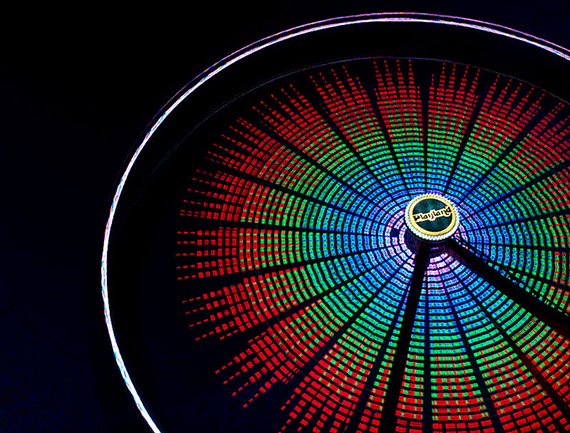
Photo by June Marie; ISO 100, f/22.0, 6-second exposure.
Camera Settings for Blurring Motion
When taking slow shutter speed shots, I sometimes use shutter priority mode on my camera, which is the Tv (time value) setting on my Canon camera and the S setting on Nikon cameras. And now with my camera in shutter priority mode, I’m going to slow my shutter speed down to 1/15 of a second to start. Depending if you’re shooting in daylight or dark, you might have to tweak your f-stop a bit to get the desired effect. In lower light situations, you want to keep the ISO as low as possible—like around 100—because the camera is actually letting more light in with the slower shutter speed. For different effects, you might try using a zoom lens and zoom in and out while you take the shot.
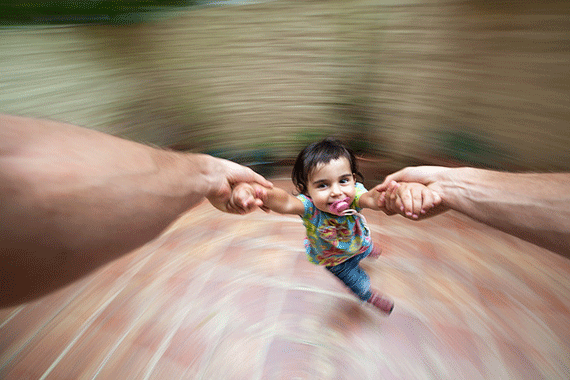
Photo by Sitoo; ISO 160, 1/20-second exposure.
What I like about slow shutter speed photography is getting the contrast between the things that are in motion and the things that are absolutely still in the same shot. This gives you some really neat images—like a river’s water flowing over the rocks.
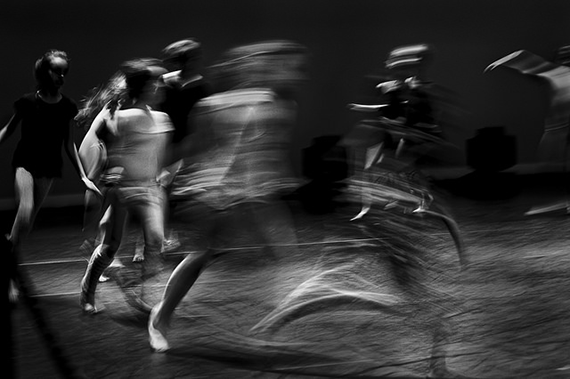
Photo by Christophe Surman; ISO 640, f/5.0, 1/8-second exposure.
A slow shutter speed might give the water a harsh blur, but at the same time, the landscape around the river water will be in focus. You can make the moving water in a fountain look like glass by using a shutter speed of about 2 seconds or slower with a tripod attached to your camera. This will give your image a unique look of motion being blurred in the water and the fountain and scenery in sharp focus.
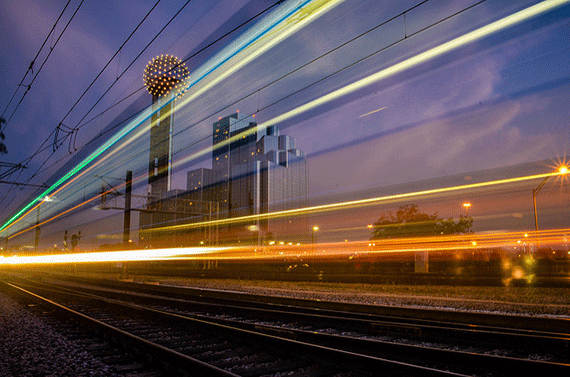
Photo by axbecerra; ISO 200, f/22.0, 13-second exposure.
Preventing Camera Shake
When I use the slower shutter speeds I often set the timer on the camera or use my shutter release cable to eliminate any camera shake when pressing the shutter button. But using the shutter release cable, you may want to go to a manual focus to prevent the camera from refocusing and causing your image to be out of focus.
When it comes to night time shooting, I always make sure I have my tripod: this eliminates camera shake from slower shutter speeds, but it also helps achieve shots that include the blurring light motion of passing cars. You can really get some neat shots at a 4 second shutter speed.
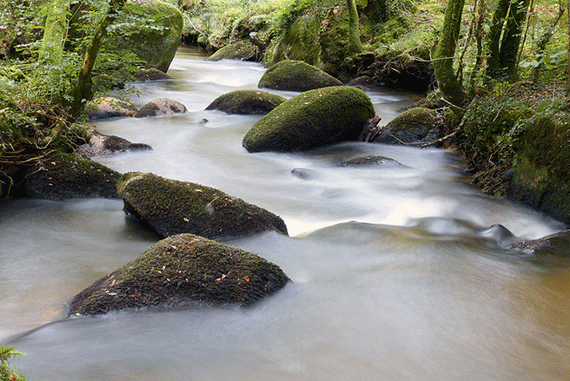
Photo by Chris Dart; ISO 100, f/8.0, 5-second exposure.
Getting More Creative
You’ll notice that when you’re in shutter priority mode, the camera calculates the approximate f-stop when you set you set the camera at a desired shutter speed. If you want to get more creative, you can take those settings and switch your camera to manual mode and put those setting in manually; that will give you a starting point. You can also get some cool shots at night without the tripod by using manual mode and shooting at just under a second while moving the camera around.
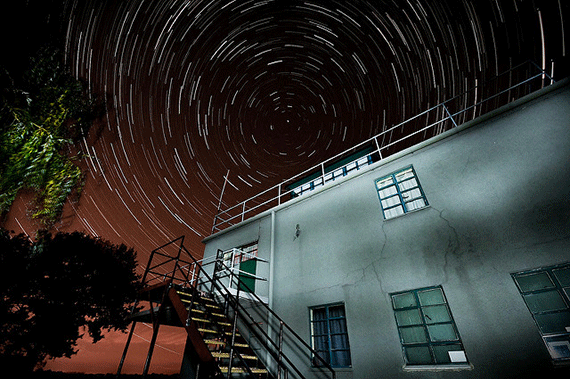
Photo by Andrew Stawarz; ISO 800, f/4.0, 30-second exposure.
Slow shutter speed photography is just another way to be creative with your camera while having a little fun with intentional blur. Keeping an open mind with photographic creativity is what separates photographic art from a plain snapshot.
About the Author:
This article was written by Alan Slagle from FrolickingPhotos. “I’ve been doing photography all my life and it’s a great way to get away from life in general. I believe digital photography has no rules so I do a lot of experimenting and that gives me a chance to write an article about my experiences.”
Like This Article?
Don't Miss The Next One!
Join over 100,000 photographers of all experience levels who receive our free photography tips and articles to stay current:






Good info, thanks.
I love long exposures too! I would add that ND filters will help quite a lot when shooting in day light.
Two long exposure pictures of mine:
http://pierrepichot.com/2014/07/30/union-square/
http://pierrepichot.com/2014/08/12/varsag-waterfall/